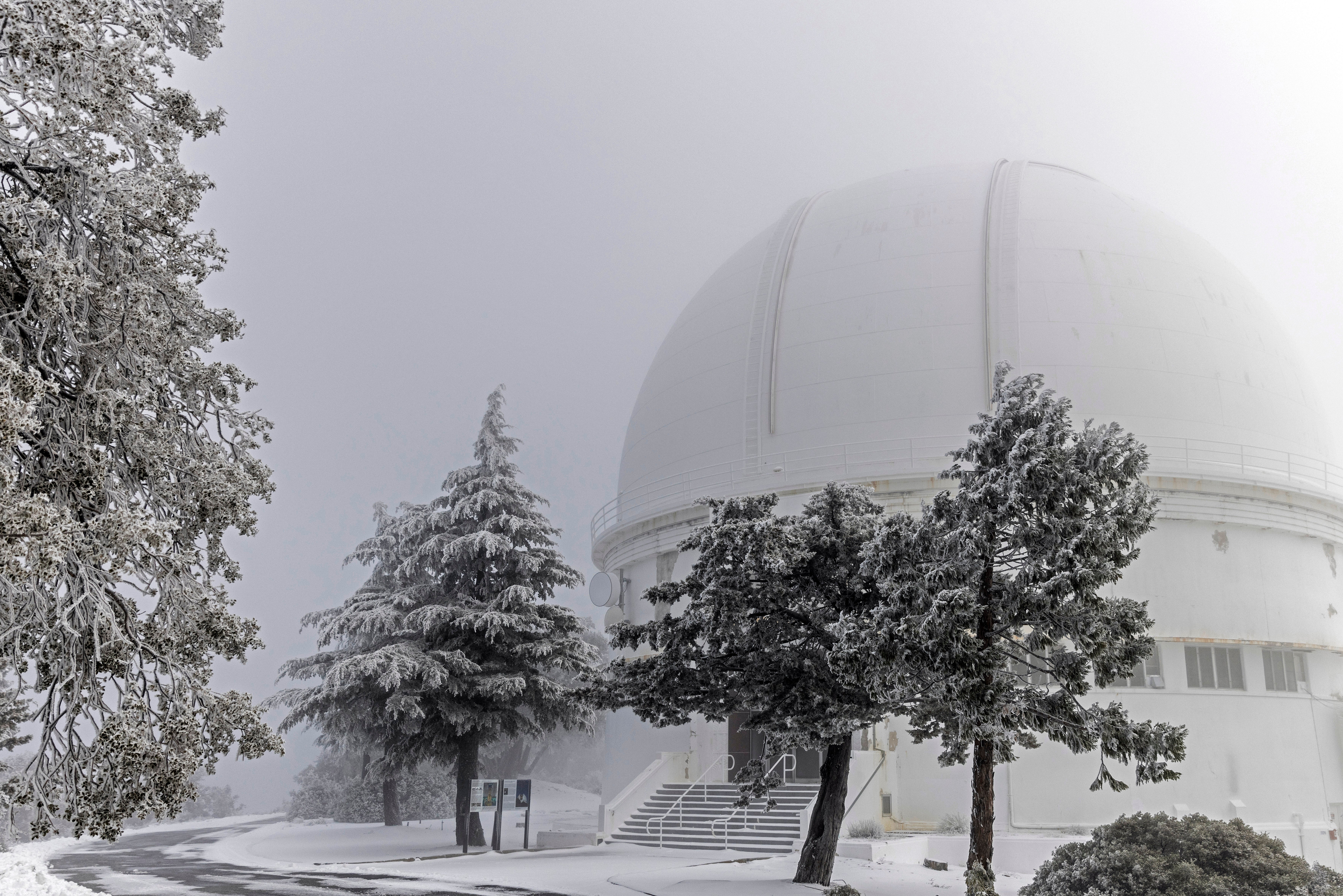Winter Storm Olive: How do extreme weather fronts get named?
Odd custom of personifying storms and hurricanes dates back a century
Your support helps us to tell the story
From reproductive rights to climate change to Big Tech, The Independent is on the ground when the story is developing. Whether it's investigating the financials of Elon Musk's pro-Trump PAC or producing our latest documentary, 'The A Word', which shines a light on the American women fighting for reproductive rights, we know how important it is to parse out the facts from the messaging.
At such a critical moment in US history, we need reporters on the ground. Your donation allows us to keep sending journalists to speak to both sides of the story.
The Independent is trusted by Americans across the entire political spectrum. And unlike many other quality news outlets, we choose not to lock Americans out of our reporting and analysis with paywalls. We believe quality journalism should be available to everyone, paid for by those who can afford it.
Your support makes all the difference.Winter Storm Olive has battered the American Midwest this week, bringing heavy snow, blizzard conditions and significant ice and prompting the cancellation of hundreds of flights.
Nearly a million people were left without power on Thursday morning, with Michigan the worst-impacted state.
By Friday, the heavy snowfall threat was set to zone in on California. The state’s southern mountains are under a rare blizzard warning, with 100+ inches forecast at the Mount Baldy ski resort in the Angeles National Forest.
But while deep Arctic air caused temperatures to plummet as much as 30 to 40 degrees below average in parts of the West and Plains, the US also experienced its first 100-degree day of 2023.
Falcon Lake in Texas hit 100F on Wednesday as temperature records were broken across the southwest.
You might be wondering how and why hurricanes and storms like this come to be given human names.
The custom of naming weather fronts originated in the 1900s in tandem with the earliest days of radio enabling ship-to-shore telecommunication for the first time.
Originally only given female names in accordance with nautical tradition, the idea of personifying extreme weather events was to ensure they could be clearly distinguished from one another through a system that was easier to remember than serial numbering.
Meteorologists, coast guards and ships’ captains could relay information clearly without fear of misunderstanding.
The first storm of each calendar year was given a name beginning with “A”, the second “B” and so on.
In 1953, the process became more systematised in the hands of the National Oceanic and Atmospheric Administration’s National Hurricane Centre (NHC), which drew up lists of names that could be repeated every few years for storms taking shape in the North Atlantic, Gulf of Mexico and Caribbean Sea.
In 1978, men’s names were introduced for storms in the northern Pacific, with the Atlantic following a year later, a move intended to make the process less sexist following complaints from members of the public.

The gender now alternates every year, with six lists of 21 names in rotation (names beginning with Q, U, X, Y and Z are not considered).
Should there be more than 21 storms in any one calendar year (a rare occurrence), they are named after characters from the Greek alphabet: Alpha, Beta, Delta, Gamma and so on.
Should a particularly severe hurricane hit and cause fatalities, the name will be retired from future lists out of respect for the families who lost loved ones.
Katrina, for instance, will not be used again in the wake of the devastation caused to the Gulf Coast and southern US in August 2005.
The naming process for Atlantic storms is now the remit of the World Meteorological Organisation’s Tropical Cyclone Committee while the NHC retains responsibility for the Pacific.
In-land winter storms, however, have been the remit of The Weather Channel since the winter of 2012/13.
The channel names storms alphabetically based on two criteria: if there is a National Weather Service warning in place for a winter storm, blizzard or ice storm covering a population of at least 2 million and/or if such warnings cover an area of at least 400,000 square kilometers.
The Weather Channel chooses its names from a list that excludes those already used by the NHC within the last six years or any retired hurricane names.
“It’s simply easier to communicate about a complex storm if it has a name, which our naming programme has demonstrated,” the Weather Channel's Bryan Norcross has said.
“Good communications benefits everyone.”
In the UK, where the threat from storms is much reduced, the Met Office has invited members of the public to submit their own naming suggestions via social media since 2015.




Join our commenting forum
Join thought-provoking conversations, follow other Independent readers and see their replies
Comments